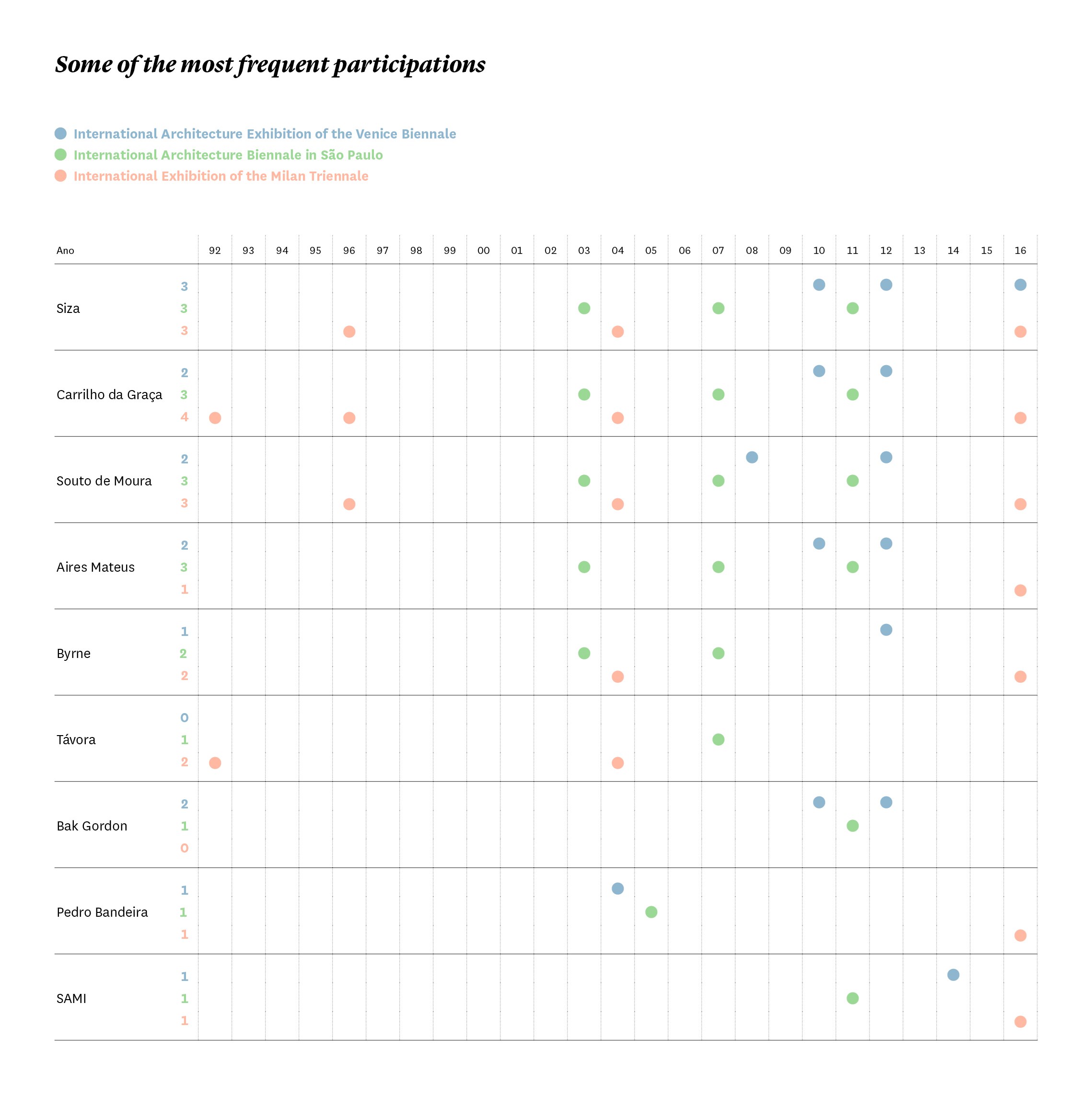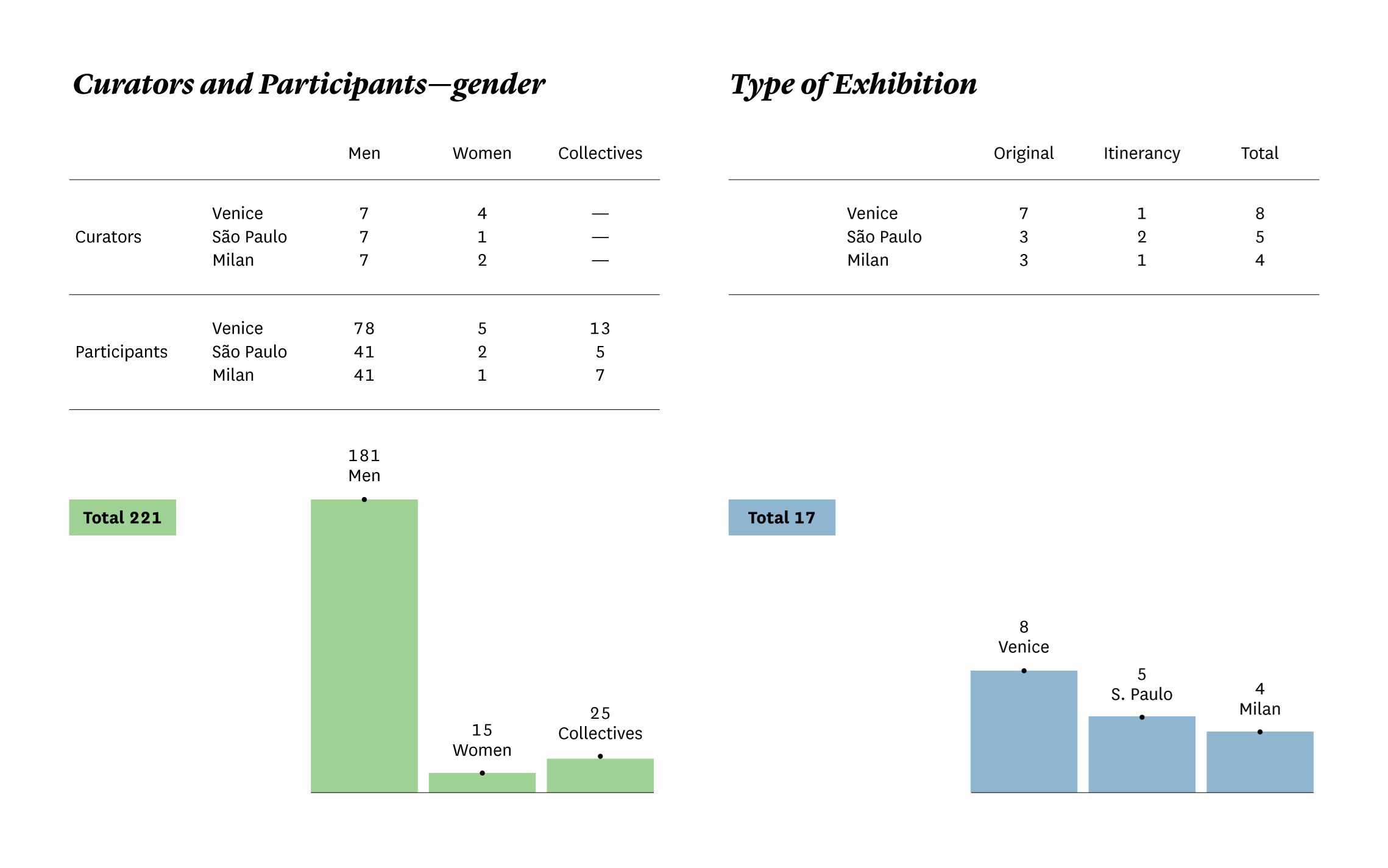EDITORIAL
National Representations
Representation, Representatives and the Represented
July 2016
The launch of the new J—A marks the beginning of a new chapter, underlined by the desire of the Ordem dos Arquitectos (the Portuguese professional organisation) to transform this publication into an online platform that promotes participation and disseminates content that is open to all. This editorial team accepted the challenge, facing it head-on with an editorial project that has a broad perspective on contemporary issues and that seeks plurality and diversity from its contributors, including differing and diverging opinions about architecture in the present day. This new platform continues the publication of a quarterly journal but also integrates a round of free debates that will be made available in video format. It's also complemented by a forum, which invites interested parties to participate, either through the publication of regular chronicles, the sharing of information about forgotten buildings, or through a gallery of reports. Content (images, drawings or videos) will be shared throughout social media (using the hashtag #jornalarquitectos).
Making the best of the summer months and with a little more time for reading, we now release this first online edition, #253, which also presents the new platform. With the present in mind, we focused on the official Portuguese representations in major international architecture exhibitions. The first quarter of 2016 was marked by the simultaneous presentation of three international exhibitions dedicated to Portuguese Architecture. We visited them all: the Portuguese pavilion at the 15th International Architecture Exhibition – La Biennale di Venezia, the Portuguese participation at the XXI Triennale di Milano International Exhibition and the “Les Universalistes: 50 ans d’architecture portugaise” exhibition, promoted by the Calouste Gulbenkian Foundation in Paris. This moment of great international visibility gave rise to many questions that we intend to analyse and debate. What are the principles that lead to the selection of the curatorship before an official architecture representation? What are the curatorial criteria of the events and their concepts? What is the ethos for the selection of the architects/studios and the works represented? Shouldn’t these exhibitions consist of something more ambitious than the simple presentation of already existing exhibitions, as has been the case? As the biennales embody more speculative international platforms than an actual architectural practice/commission, can the invited architects discuss the themes and projects of their participation and present new projects or content that is especially created to respond to the events? What do these selections represent? What do they show and who do they represent? Once the processes of choice and the types of representation are understood, through the explanations of their main agents, it is important to think critically about the diversity, comprehensiveness and the representation that these selections provide for architecture created in Portugal (or Portuguese architecture).
J—A #253 is structured in three main parts that raise general questions about the official representations, beginning with the Venice Biennale and then turning to the remaining international exhibitions and events. The first part is dedicated to deeper questions that encompass all official representations, creating elements of systemisation and an archive of the various representations through the collection of data and photographs of the main events of the last few years in the Venice and São Paulo biennales and the Milan Triennale. This is then followed by a critical reflection on their representation and utility (Altars). On the topic of how to “select the selectors”, we gathered testimonials (content only available in Portuguese) from some of the previous and current main political decision makers of the institutions responsible for the selection of commissioners and curators and, in some cases, of the authors themselves, when directly invited. Furthermore, we learn about the existence, or absence of national pavilions (Pavilion!?) and about the politics behind nation-state representations in the largest biennales in the world. For if the São Paulo Biennale abolished State representations and today presents individual authors, Venice still lives in the paradigm of national affirmation through “national selections” of art and architecture from each country represented.
The second part presents an expanded perspective into the Venice Biennale, which remains the largest international event dedicated to architecture. This section includes a critique of the 2016 participation, presenting the Álvaro Siza’s Giudecca project. It embodied one of the projects presented, as well as this year’s Portuguese pavilion. Along with this critical examination, we also include a never seen before video of the inauguration of the pavilion, with interviews of the leading figures and the general public attending the inaugural “tavolata”. Complementing this, we also publish a story about the Seminar (content only available in Portuguese) dedicated to the 12 years of Portuguese architecture representation in Venice, which took place in April. This is illustrated with videos of the talks by the various architects/curators.
Finally, we present a broadened view and critical outlook of the content and organisational parameters of the official Portuguese exhibition at the Milan Triennale, Objects after Objects. We also analyse the content and curatorial narrative of the Les Universalistes exhibition at the Cité de L’Architecture et du Patrimoine in Paris. In addition we get to listen to an interview (content only available in Portuguese) expressing the opinions of two seminal thinkers that have been involved in the shaping of architecture in Portugal. They are Alexandre Alves Costa, talking about the possibility of the existence of an identity in Portuguese architecture and its present state. Also, Manuel Graça Dias, who reflects on the representatives, unifying elements and identities of architecture in Portugal. Finally, we take a look at some of the new legacies created by these representations, using audio and visual content that has been produced throughout the past decade.
After research and engagement with exhibitions, discourses and archives, some questions still remain open. They specifically relate to the nature and purpose of international representations. To what end are official representations conceived? Is there a strategy concerning what should be presented beyond borders? Here the politics have been oscillating and inconsistent. One the one hand, attempts have been made to generate knowledge through curating but without the consolidation of the promotion of theoretical and cultural debate with different agents and audiences from several countries. On the other hand, the intention to ‘internationalise’ prevails, following a logic of exporting services to find work beyond the Portuguese borders. Within these poles there lies a large spectrum of possibilities. It is also a fact that national representations have fundamentally been moments for the consecration of the careers of already established architects, diverging from the international tendency of using these great events for the presentation of new values, themes and authors that are not yet established.
J—A invites readers to participate through the presentation of proposals for chronicles about architecture and society, as well as documents relating to “forgotten” buildings, both abandoned and transformed. These should be directed to the following email address: ja@ordemdosarquitectos.pt. ◊
Portuguese Official Representations

